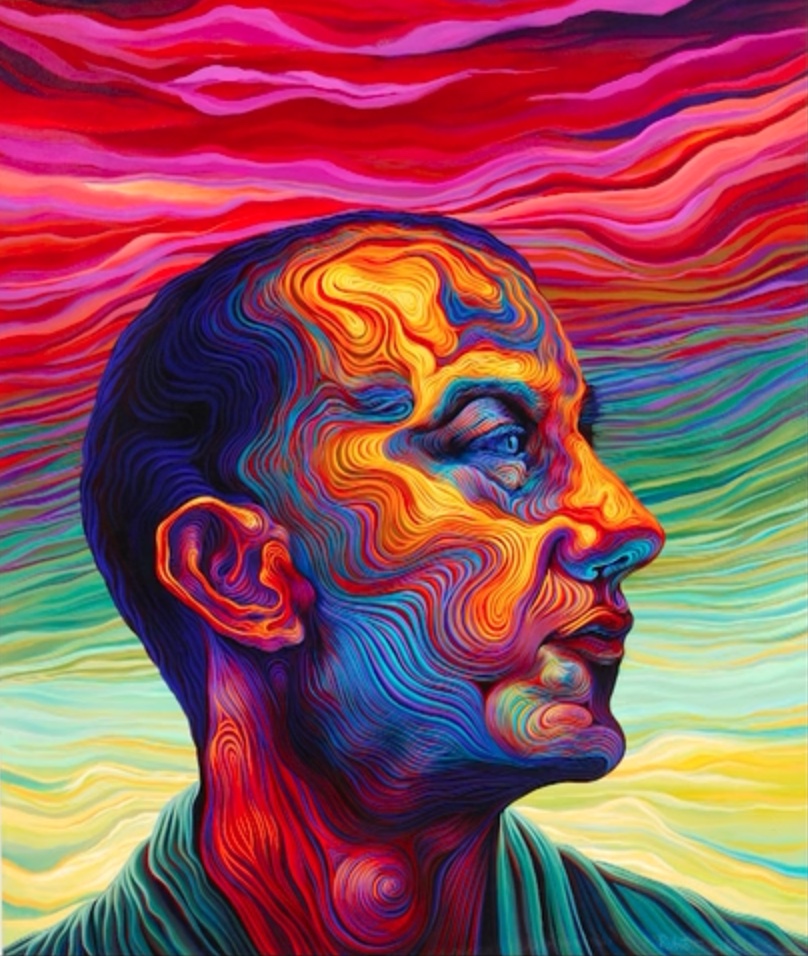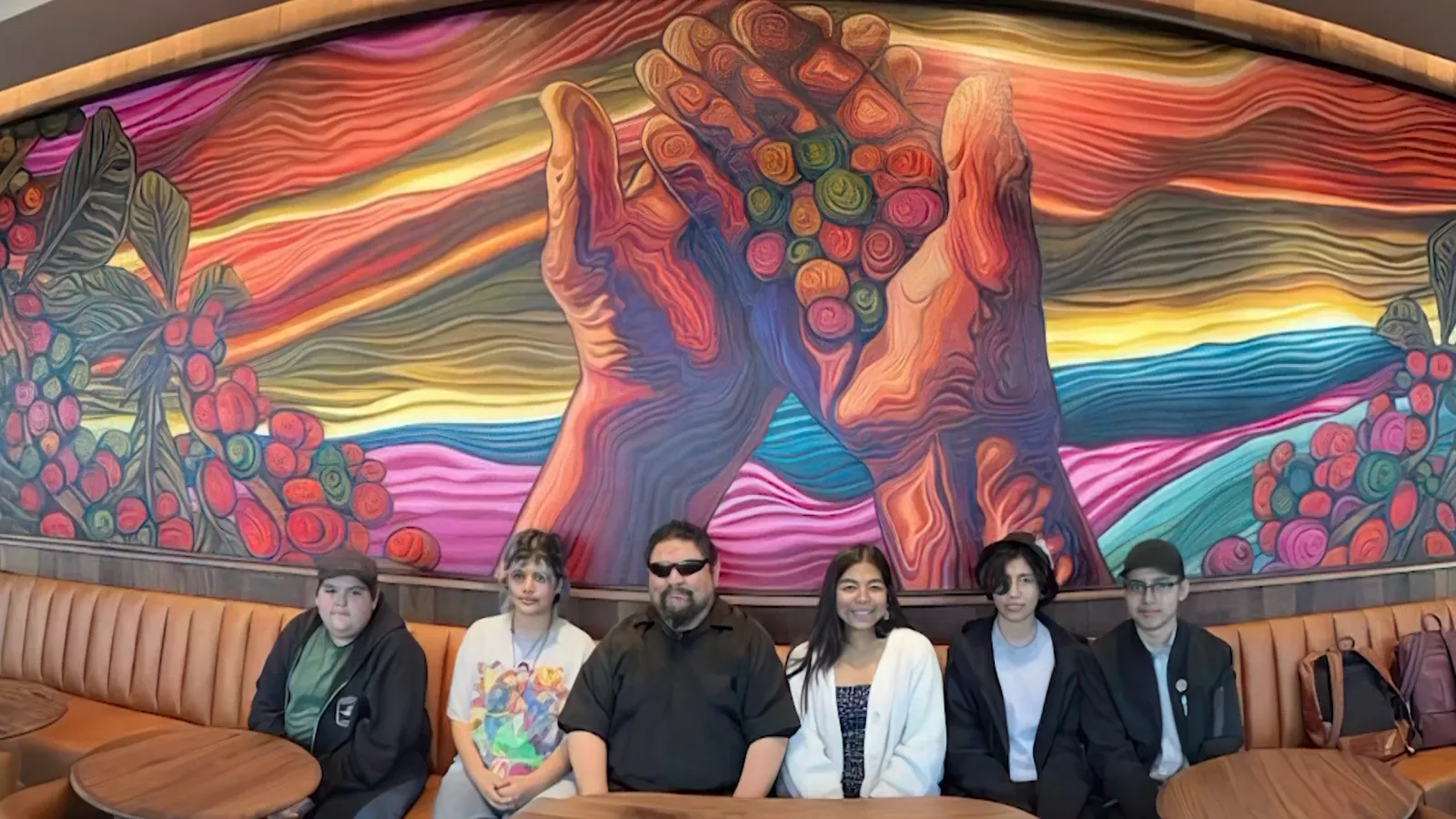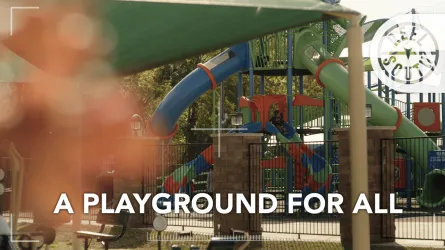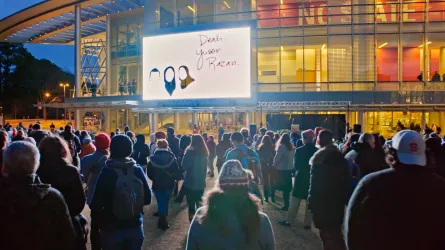When Rubio was caught in a drive-by shooting, the near-death experience inspired his ongoing use of art as a means of sharing folklore, remembering friends, and celebrating the lives of the Westside community. Now, Rubio is a San Antonio-based Chicano artist. Filmmaker Ray Santisteban was interviewed by Reel South's Heather Leighton-Nunerley about the creation of the film. Watch Rubio on PBS today.
This interview has been edited for length and clarity.
Heather: What is the story leading up to the creation of the film? How did you meet Rubio and decide to make a film about him?
Ray: I've known Rubio since 1998. We used to work at a cultural arts center here in San Antonio. I was a film programmer and he was an arts instructor. Rubios' early work drew from his direct experiences growing up; and was very honest and real about that reality. I kept up with his work over the years and felt he had a huge breakthrough when he started doing the Curvilinear drawings. Those new drawings, made up of curvy lines that captured movement, were surrealistic and dreamlike.
Rubio is by nature a quiet person. He does not brag about his work or try to gain attention. Because of that, people don't really know much about him. That was the key reason I wanted to make a film about him so that people could gain a deeper insight into his body of work via his life story.
Heather: What are the two things you hope viewers get out of or learn from your film?
Ray: I hope viewers can see the power of art to transform lives. Rubio has used his art to explore and reshape his own life and is now a well-known art instructor. One of his students, Vincent Valdez, has displayed art in The National Portrait Gallery in Washington DC, and major contemporary arts institutions. Rubio has been influential in bringing up a new generation of San Antonio Artists.

Heather: There were some amazing artworks throughout the film. If you had to pick, which is your favorite?
Ray: I really like the very recent mural work Rubio has completed, but if I had to pick a single image, I would pick his portrait of Vicent Valdez, the young artist Rubio mentored. I think the Curvilinear technique and color palette are perfect in the painting.
Heather: What were the moments in the film that you wished you captured or were sad to cut for whatever reason?
Ray: I had wanted to capture footage of Rubio teaching students art, but was not able to tape this footage, because the art classes he instructs did not take place during the period of production. We did include photos of Rubio with his students (see cover image), but I think footage of him in a classroom with students would have been more dynamic.
Heather: What's next for you as a filmmaker? Anything to brag about?
Ray: I'm currently working on one feature documentary and three short documentaries. Raising funding to make documentaries is very difficult, so I'm trying to produce at least 1-2 documentaries that I do with little or no funding each year, so I can feel like I'm being productive. In terms of bragging, I was glad that the Rubio Film won the Best Short Texas Documentary Awards at the San Antonio, CineFestival, and the El Paso Film Festival.
Heather: If someone is interested in following your career, where should they follow you?
Ray: If folks would like to follow my work, I have a Vimeo page that shows a cross-section of my work.
Heather: Where should people follow Rubio and his art?
Ray: You can follow Rubio's art on Instagram @rubioart.
Category
Share


